It’s February 29 and Here’s All You Need to Know About Leap Years… and Calendars
Why leap years were invented and why they don’t always happen every four years.
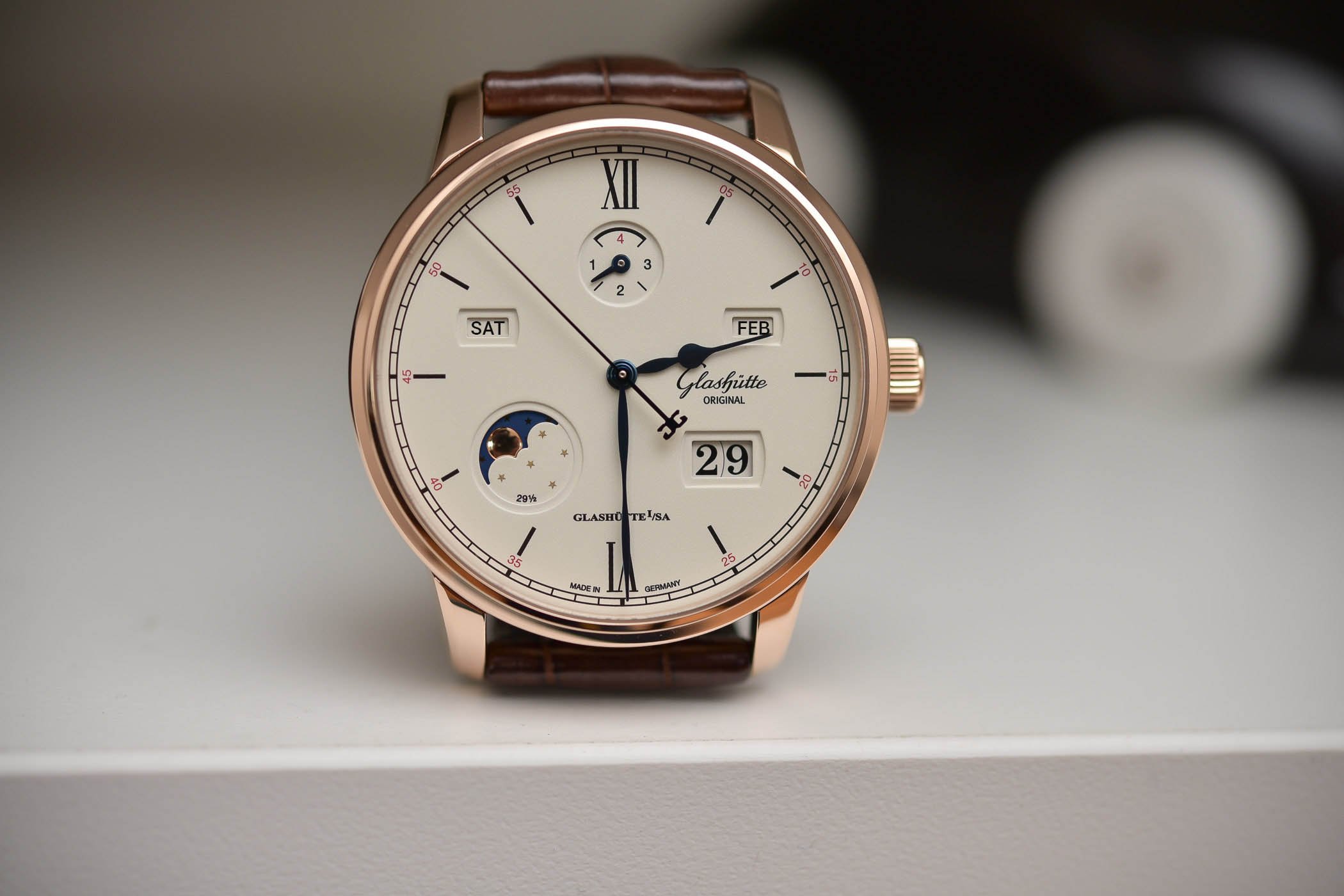
Every four years is a leap year and the month of February gets an extra day, a leap day, on February 29th. 2020 is a leap year and everything flows smoothly at regular, four-year intervals until 2100, which we discover is not a leap year. Wait a minute, 2100 is divisible by four, so what is going on? Find out why the leap year can be erratic and other intriguing details of how man has struggled to create a rational system that accurately reflects Earth’s rotations around the Sun and “fixed” astronomical events, such as the equinoxes and solstices.
Inventing instruments to observe, measure and predict the motions of our universe has consumed astronomers since antiquity. Even if you don’t have a telescope or a spectrograph in the spare room, most of us keep track of time with watches and calendars. These surprisingly complex mechanisms condense centuries of astronomic tinkering to account for the discrepancies between our computations and those of the universe. Since 1582, the Gregorian calendar has ruled over most of our lives and is still the international standard for civil use around the world. The reason that it has enjoyed such longevity – almost 500 years – is that it is surprisingly accurate and adds in an extra day at the end of February every four years to reflect the real-time it takes the Earth to revolve around the Sun.
Thirty days hath September,
April, June, and November;
All the rest have thirty-one,
Excepting February alone,
And that has twenty-eight days clear
And twenty-nine in each leap year
Concise Oxford Dictionary of Quotations
What is a leap year? Why do we need leap years?
A common year has 365 days; a leap year has 366 days thanks to an intercalary (additional) day on February 29, occurring almost once every four years. In a nutshell, leap years are corrective measures to force our calendar to stay in sync with nature’s cycles. None of this would have been necessary if Mother Nature had made Earth’s orbit of the Sun an exact 365 days.
The universe does not always comply with our manmade computations and the astronomical/solar year, the time taken for the Earth to complete its orbit around the Sun, is 365.242 days or 365 days, 5 hours, 48 minutes and 45 seconds. The lag of 0.242 – or roughly a 1/4 of a day – might seem negligible, but it adds up over time. If our calendar were exactly 365 days long, the months would start slipping behind the seasons, and in roughly three hundred years, we’d be popping champagne bottles in autumn. To keep the calendar synchronised with the true astronomical year and avoid seasonal drift, an extra day, a leap day, is added every four years at the end of February.
Julius Caesar was the first to implement this ingenious system in 46 BCE but the Gregorian calendar fine-tuned it even further thanks to a more complex formula for determining the occurrence of leap years.
In the beginning
Primitive celestial gazers started to notice patterns: the alternating periods of light and darkness (based on one rotation of the Earth on its axis), the cyclical nature of the Moon (based on the revolution of the Moon around the Earth) and the slower movement of the stars in the firmament (based on the revolution of the Earth around the Sun). Predicting when these phenomena would happen was essential to anticipating the seasons, planting and harvesting crops, hunting certain animals and observing rituals.
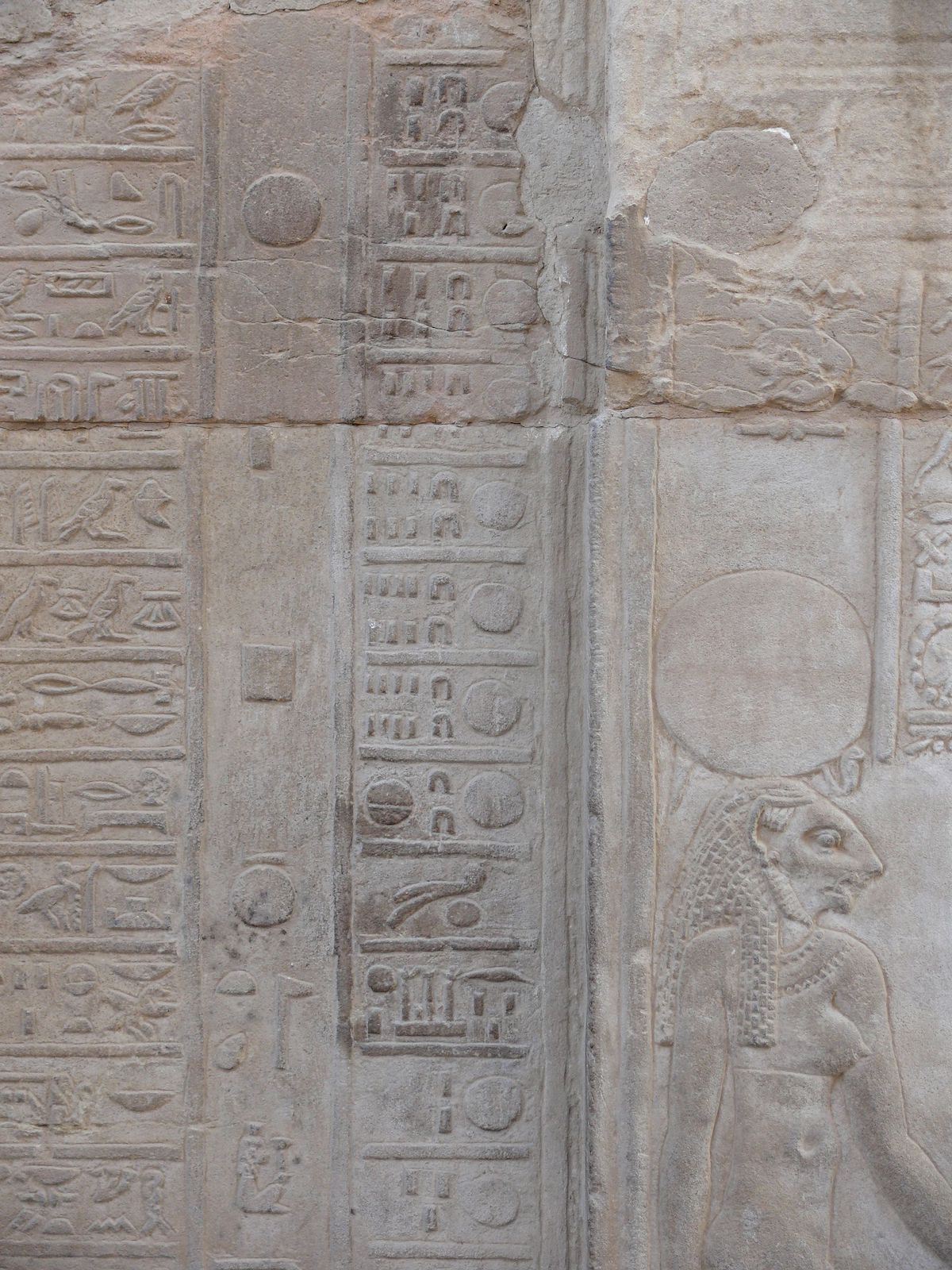
Although the first record of calendars coincides with the advent of writing in Mesopotamia, there is evidence of calendars (monuments) dating back to the Mesolithic. The most recent discovery is a site at Warren Field in Scotland. Roughly 10,000 years old (predating the first formal calendar in the Near East by 5,000 years), hunter-gatherers dug twelve pits to track the lunar months over the course of a year, vital information for synchronising seasonal activities like hunting migrating animals. But what is even more surprising is that the Warren Field site aligns with the sunrise of the midwinter solstice, providing an annual astronomic correction to the seasonal drift of the lunar year.
Julius Caesar’s calendar
Without delving into all the sophisticated calendars that appeared in Mesopotamia, Egypt and Greece, some of them featuring intercalary days to catch up with solar time, it was Julius Caesar’s calendar that has most influenced Western civilisation.
Before the introduction of the Julian calendar in 45 BCE, priests in Rome often exploited the calendar for political ends. They were known to add and subtract days to the calendar to favour or cut short some bigwig’s term in office or extend a holiday. The Roman Republican lunar calendar was so chaotic that years could vary anywhere between 355 to 378 days and it was so out of sync with astronomic time that the vernal equinox (March 21) was taking place eight weeks later.
Having recently returned from his campaign in Egypt (48 BCE), Julius Caesar decided to summon Sosigenes, a Greek astronomer based in Alexandria, to help him straighten out the jumbled calendar. Sosigenes determined that the existing lunar calendar had to be ditched in favour of a more scientific solar model based on the Egyptian calendar. To account for the immense discrepancies between the date on the calendar and the equinox, Sosigenes also had to fiddle around with all sorts of complex intercalations. In order to realign the calendar with the seasons, Caesar dictated that 46 BCE would last 445 days, marking it as the last “year of confusion”.

What is significant about the Julian calendar is that Caesar laid down the rules governing leap years: a year was to be composed of 365 days and an extra day be intercalated every fourth year, in other words, a leap year. To determine a leap year in Caesar’s book, the year had to be divisible by 4.
Caesar introduced his radical calendar reform in 45 BCE and decided to commemorate his role by changing the name of the month Quintilis for Julius (July) in honour of his birthday and adding on an extra day to have the maximum amount of days possible -31 days. Not one to be left out, in 8 BCE, Emperor Augustus also got the Senate to change the month of Sextilis to Augustus (August). Incidentally, the first day of the month in the Julian calendar was known as the kalendae, the origin of our word calendar.
Despite its extraordinary accuracy, the Julian calendar of 365.25 days was still a wee bit too long to match the solar year (365.24), resulting in an error of 11 minutes and 14 seconds a year. Add this up over ten centuries, and you’re looking at almost seven days. Even though this eventually resulted in the calendar being out of sync with the equinox and solstice, the Julian calendar was in use well until the 16th century.
Gregorian calendar
By the mid-1550s, Caesar’s Julian calendar had drifted a full 10 days off course. Ecclesiastical authorities in Rome were extremely concerned and Pope Gregory XIII issued an urgent papal bull in 1582 to address the growing discrepancies messing with important dates like Easter and its host of moveable and fixed feasts. Gregory XIII enlisted astronomers Aloysius Lilius and Christopher Clavius for his grand project and it was determined that Easter be celebrated on the Sunday following the full Moon that fell on or after the vernal equinox of March 21. Although this meant that the Pope had to wipe out 10 full days on the calendar in 1582, jumping directly from the 4th to the 15th of October, the dates were finally aligned with the seasons again.
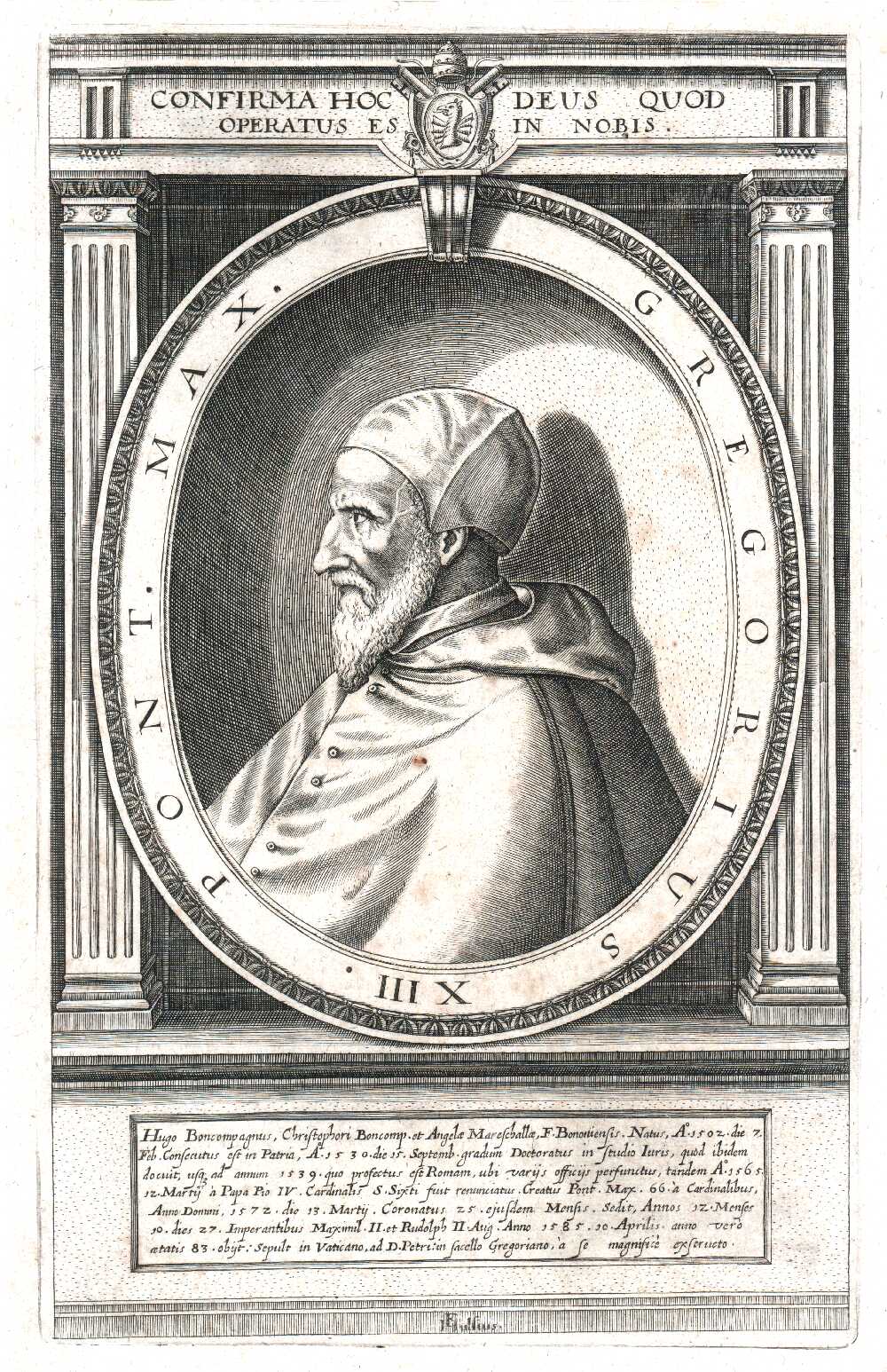
Besides determining dates in the ecclesiastical calendar, the Gregorian reform perfected the rule for leap years. The Gregorian rule for determining leap years is even more precise than the Julian calendar and answers the question of why years like 1700, 1800, 1900, 2100 and 2300 are not leap years but why 1600, 2000 and 2400 are leap years. According to the Gregorian reform, every year that is exactly divisible by 4 is a leap year. However, if the year can be divided by 100 (centennial year) it is NOT a leap year… and here is the trick, if it is divisible by 400 though, it is a leap year.
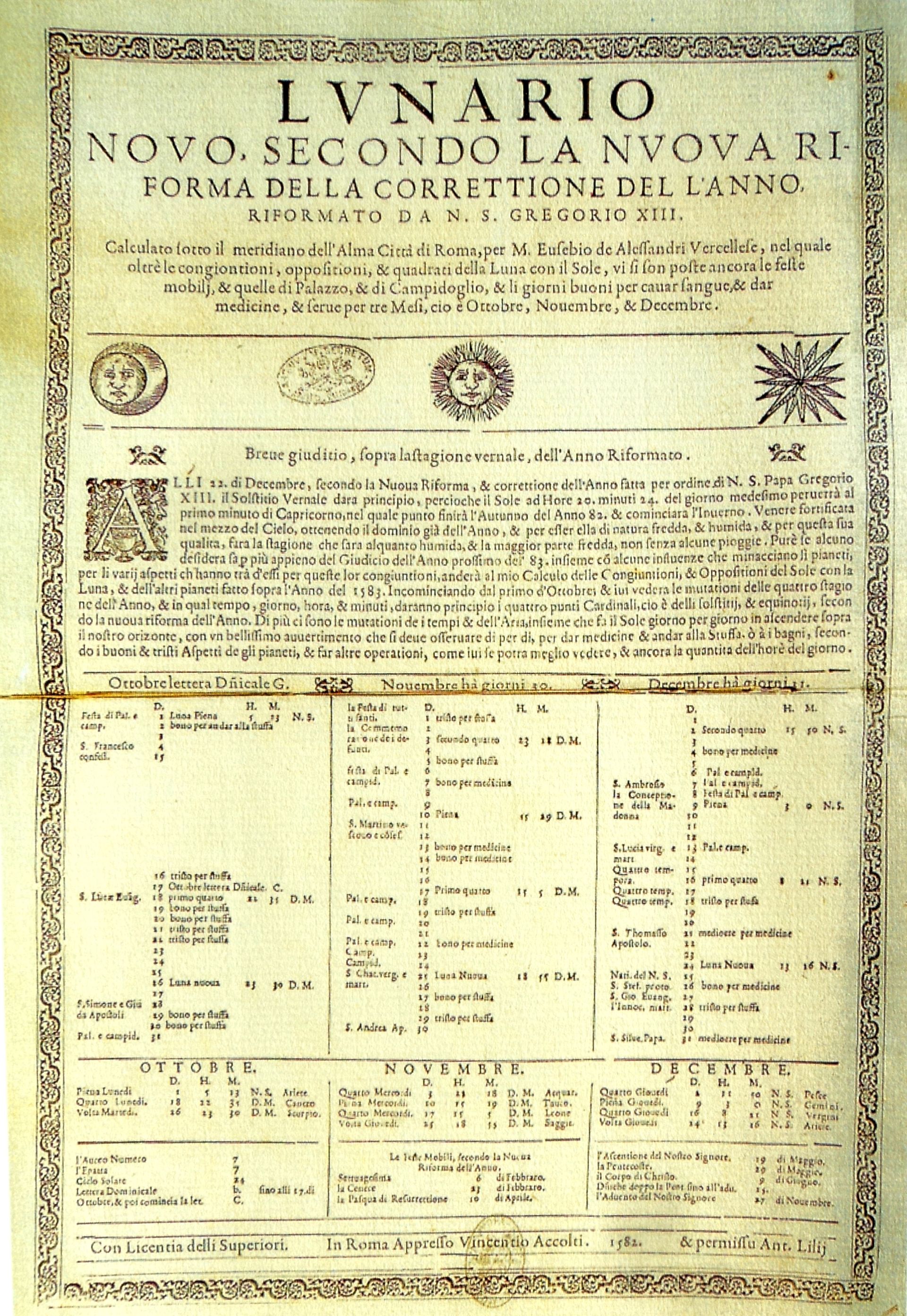
Catholic countries like Italy, Spain and Portugal adopted the Gregorian calendar, but Protestant countries were somewhat wary of Catholic meddling. Surprisingly, it wasn’t until 1752 that Great Britain and America switched to the Gregorian calendar.
How accurate is the Gregorian calendar?
Regarded as one of the most accurate calendars in use today, the Gregorian calendar is not perfect. There is a margin of error of 27 seconds per year, which adds up to one day every 3236 years. This means that in 4904 we’ll have an extra day to account for.
Two professors at Johns Hopkins University have proposed the creation of a new calendar. Known as the Hanke-Henry Permanent Calendar (HHPC), the idea behind this calendar is that every date would fall on the same day of the week every year. The HHPC envisions a 364-day, 12-month, seven-day week calendar, but the days don’t jump around from year to year, and every year would begin on Monday, January 1st. To account for the disparity between this 364-day calendar and the astronomical calendar, the HHPC would add an extra week at the end of every fifth or sixth year to keep the calendar in line with the seasons, serving the same function as the leap year.
secular calendar watches
Earlier this week, we published an article about perpetual calendar watches to coincide with the leap year. These sophisticated machines take into account the different lengths of the months and leap years but are only accurate for 100 years, meaning that any of you with a standard QP will have to adjust the watch in 2100. Not a big deal, I understand, but for somebody who wants the “nec plus ultra” accurate timekeeper, it’s a Secular Calendar watch you’re after. Patek Philippe’s Calibre 89 pocket watch, Franck Muller’s USD 2.7m Aeternitas 4 watch and Svend Andersen’s creation are all secular calendars, which will not need adjusting until 2400.
All we need now is to invent a way to prolong our lifespan…Happy Leap Day!

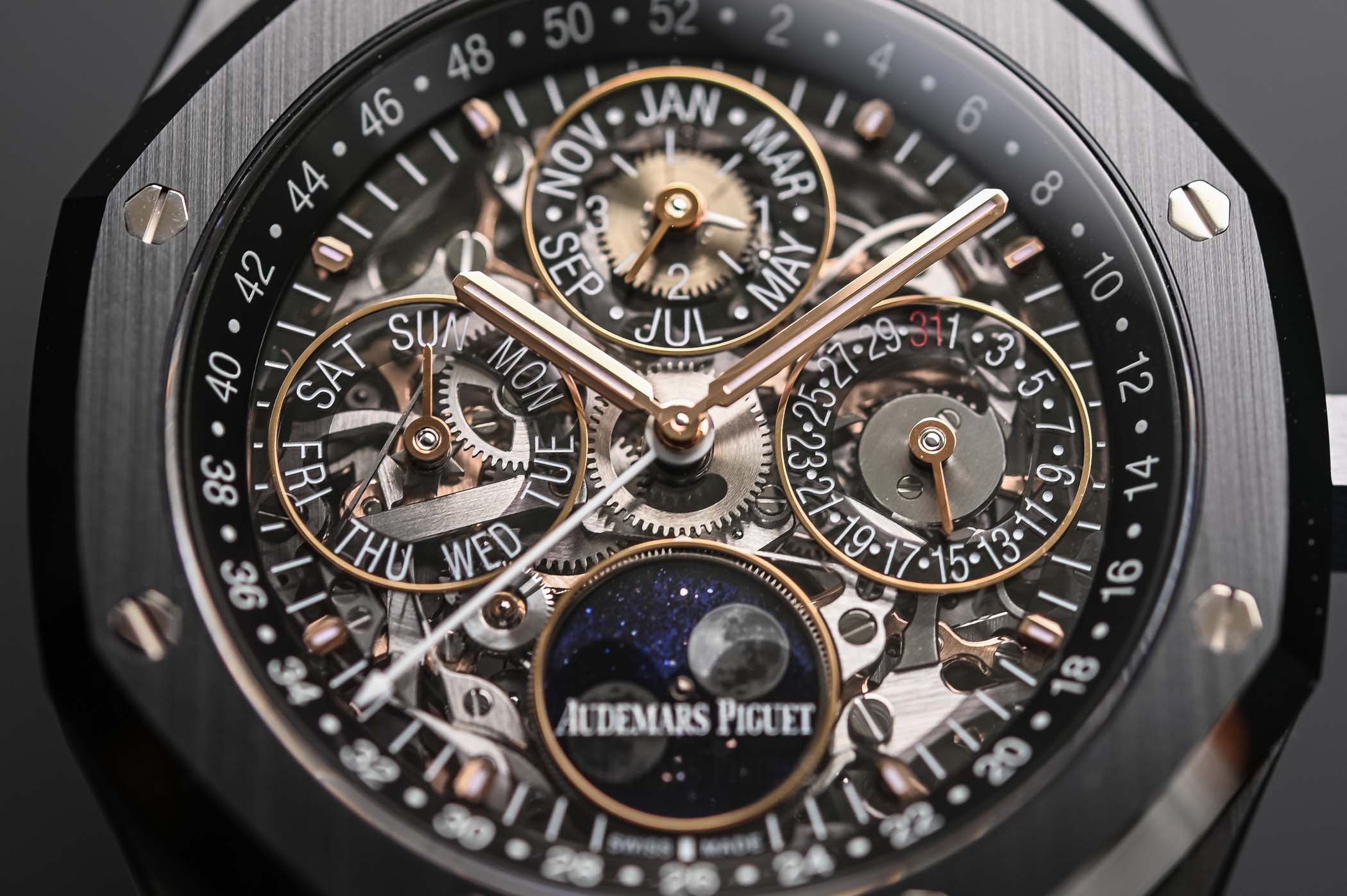

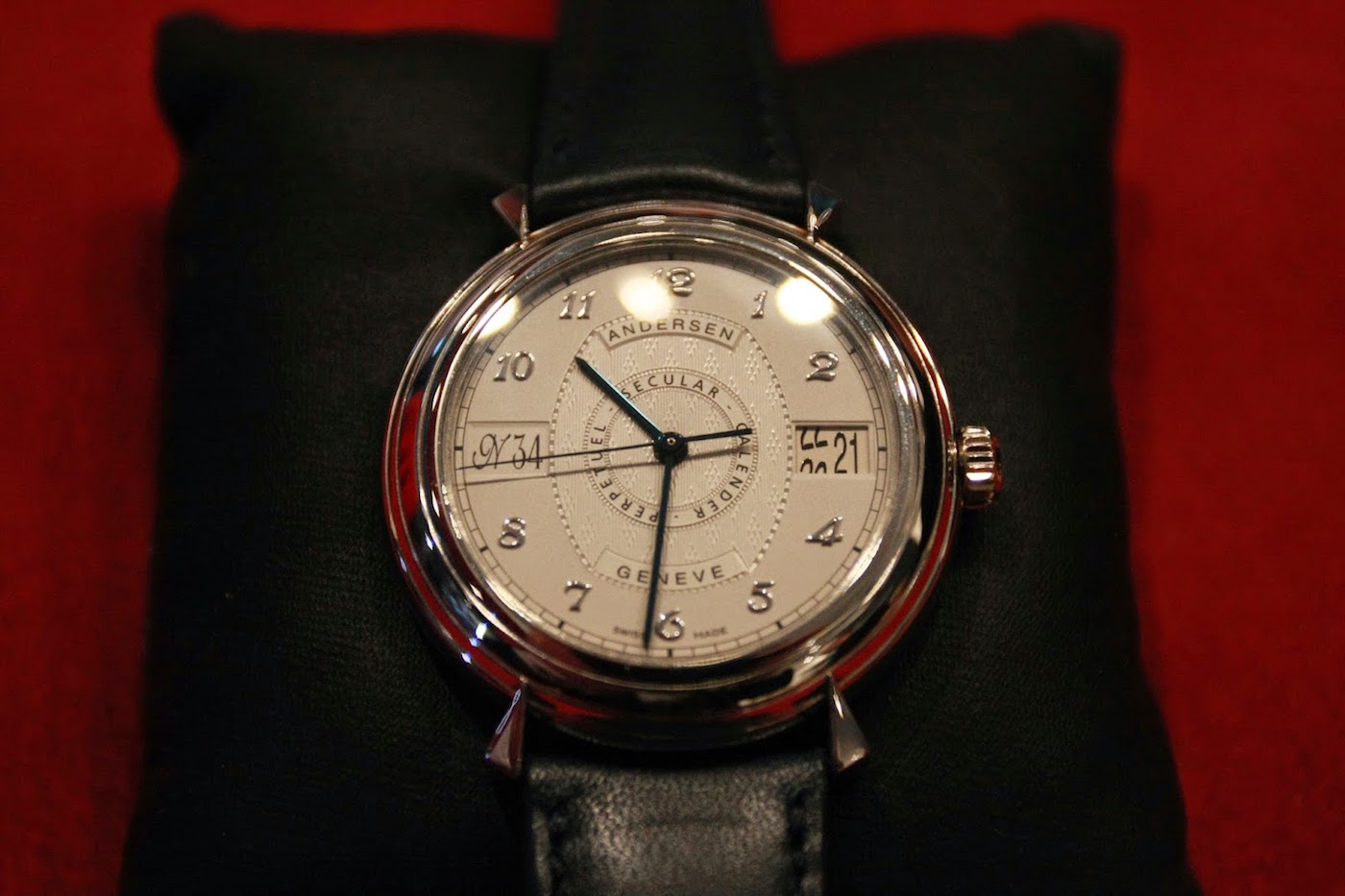



5 responses
Interesting article, one or two facts of which I was not aware. I think what we have is good enough and does not need changing.
Great informational article..I learn something every day.However changing my date every now and then isn’t really a problem.I’m used to it by now for 63 years..
Happy Annual Calendar Day!
Excellent article! Thank you for the information. If you write a follow up, I would enjoy learning more about how watches mechanically handle the leap year. Is it just a wheel that turns once every 4 years, or some ingenious mechanism?
A proposal for the next calendar reform is NexCalendar.org. It follows the reform of Gregorian that kept the same set of dates and months of the Julian calendar with just reducing three leap days for every 400 years. NexCalendar also keeps the same set of dates and months of the Gregorian calendar with the least subtle extension on 5 weeks for every 400 years. That can wisely upgrade the calendar into a perennial calendar that every year use the same calendar version.